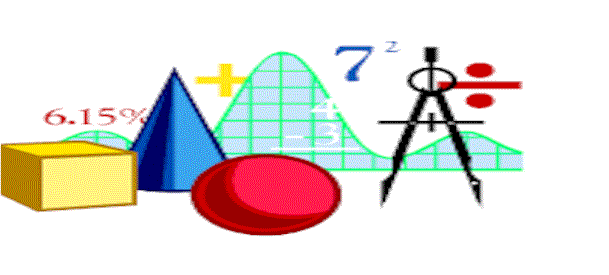
uniqueInsert

|
uniqueInsert
|
The uniqueInsert function destructively inserts the specified new object
{obj} into the Vector at the specified location. If the {obj}
argument does not exist in the Vector , the Vector is increased in size to
accommodate the {obj}. If the {obj} is already in the Vector,
no insertion is made. The index where the new {obj} was inserted or
(if already in the Vector) the index where the object was found will be returned
by the uniqueInsert function. The uniqueInsert function destructively inserts the specified new value
into the Structure at the specified location. If the key argument {newKey}
does not exist in the Structure, the Structure is increased in size to accommodate
the new key. If the key is already in the Structure, no insertion is made.
The index where the new key was inserted or (if already in the Structure) the index
where the key was found will be returned by the uniqueInsert function. The uniqueInsert function destructively inserts the specified new object
{obj} into the Matrix at the specified location. If the {obj}
argument does not exist in the Matrix , the Matrix is increased in size to
accommodate the {obj}. If the {obj} is already in the Matrix,
no insertion is made. The index where the new {obj} was inserted or
(if already in the Matrix) the index where the object was found will be returned
by the uniqueInsert function. The uniqueInsert function destructively inserts the specified new object
{obj} into the NumMatrix at the specified location. If the {obj}
argument does not exist in the NumMatrix , the NumMatrix is increased in size to
accommodate the {obj}. If the {obj} is already in the NumMatrix,
no insertion is made. The index where the new {obj} was inserted or
(if already in the NumMatrix) the index where the object was found will be returned
by the uniqueInsert function. Usage The uniqueInsert function is used whenever you want to install a new object
into a vector. Also the uniqueInsert function behaves like the
binaryInsert function except the target vector is not in sorted order.
The uniqueInsert function is used whenever you want to install a new key
into a structure. Also the uniqueInsert function behaves like the
binaryInsert function except the target structure is not in sorted order.
The uniqueInsert function is used whenever you want to install a new object
into a matrix. Also the uniqueInsert function behaves like the
binaryInsert function except the target matrix is not in sorted order.
The uniqueInsert function is used whenever you want to install a new object
into a NumMatrix. Also the uniqueInsert function behaves like the
binaryInsert function except the target matrix is not in sorted order.
Structure
Matrix
NumMatrix
Structure
Matrix
NumMatrix
(uniqueInsert vector obj) The index where the object was installed or where the object was found.
(uniqueInsert struct newkey) The index where the key was installed or where the key was found.
(uniqueInsert matrix obj) The index where the object was installed or where the object was found.
(uniqueInsert nummatrix obj) The index where the object was installed or where the object was found.
Expression:
Arguments
Name
Type
Description Argument: vector Vector NumVector ObjVector IntVector FltVector ShortVector
The Vector to be updated. Argument: obj Character String Symbol Vector BitVector ByteVector IntVector
FltVector ObjVector Structure Dictionary Directory ShortVector
Matrix NumMatrix Integer Float Number Complex
The object to be installed.
Returns:
Expression:
Arguments
Name
Type
Description Argument: struct Structure
The structure to be updated. Argument: newkey Symbol
The new key to be installed in the Structure.
Returns:
Expression:
Arguments
Name
Type
Description Argument: matrix Matrix
The Matrix to be updated. Argument: obj Character String Symbol Vector BitVector ByteVector IntVector
FltVector ObjVector Structure Dictionary Directory
Matrix NumMatrix Integer Float Number Complex
The object to be installed.
Returns:
Expression:
Arguments
Name
Type
Description Argument: nummatrix NumMatrix
The NumMatrix to be updated. Argument: obj Character String Symbol Vector BitVector ByteVector IntVector
FltVector ObjVector Structure Dictionary Directory
Matrix NumMatrix Integer Float Number Complex
The object to be installed.
Returns:
Here are a number of links to Lambda coding examples which contain this instruction in various use cases.
Here are the links to the data types of the function arguments.
| Structure | Symbol | Integer | Character |
| String | Symbol | Vector | BitVector |
| ByteVector | IntVector | FltVector | ObjVector |
| Structure | Dictionary | Directory | ShortVector |
| Matrix | NumMatrix | Integer | Float |
| Number | Complex |
Here are also a number of links to functions having arguments with any of these data types.

|
Analytic Information Server (AIS)AIS Component Systems
|